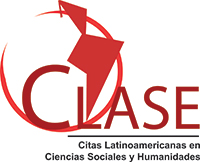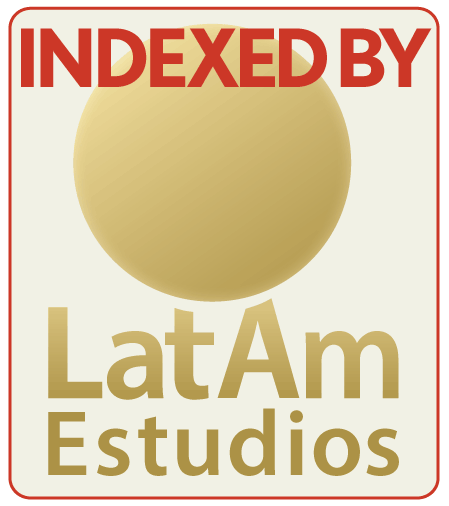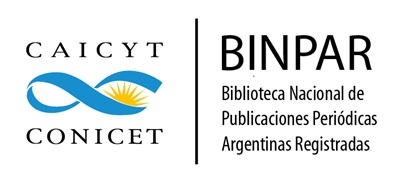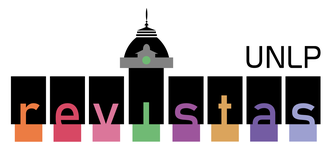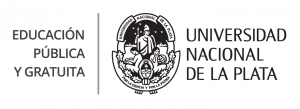La prensa como fuente en la Patagonia austral a comienzos del siglo XX
DOI:
https://doi.org/10.24215/23139048e046Palabras clave:
Prensa, territorios nacionales, región australResumen
La construcción de los imaginarios de los distintos sectores de la sociedad se desarrolla a partir de diversos procesos, tanto hacia el interior como hacia el exterior de estos. Dentro de estos procesos, se establecen elementos que permiten distinguir quienes forman parte y quienes no, tanto por pertenencia como por exclusión. Las imágenes que se construyen nos dicen mucho sobre los objetivos y las condiciones del sector en cuestión, que para el caso de Santa Cruz a comienzos del siglo XX pueden ser sectores propietarios nucleados en espacios como la Sociedad Rural; o sectores obreros organizados en Federaciones Obreras tanto en Magallanes como en Río Gallegos. Al interior de ambos grupos, la composición era heterogénea, tanto en cuanto a sus nacionalidades, como respecto de su pertenencia. En este sentido, desde la prensa ambos bloques se expresan y discuten de manera frecuente cuestiones que podemos vincular con sus maneras y perspectivas de entender los procesos y sucesos, los modos de vincularse y actuar, y los motivos y saberes que respaldan sus posturas. Revisitar las fuentes periodísticas en función de aportes teóricos y enfoques nuevos permitiría dar cuenta de estos elementos en una escala regional. En este sentido, se propondrá analizar la prensa regional de la época desde una perspectiva histórica y a partir de distintos sectores, en relación al modo en que se construyen los discursos.
Descargas
Citas
Bandieri, S. (2011). Historia de la Patagonia. Ciudad Autónoma de Buenos Aires, Argentina: Sudamericana.
Barbería, E. (2001). Los dueños de la tierra en la Patagonia Austral, 1880-1920 (3a ed.). Río Gallegos: UNPA
Bascopé, J. (2017). Trincheras de papel. Guerra y autonomía en la prensa Magallánica (1914-1933). (Tesis de grado). Santiago, Chile: Universidad de Chile.
Bascopé, J. (2015). La autonomía y Magallanes. Magallania (Punta Arenas), 43(2), 205-221. https://dx.doi.org/10.4067/S0718-22442015000200012
Bohoslavsky, E. (2005). Sobre los límites del control social. Estado, historia y política en la periferia argentina (1890-1930). En M. S. Di Liscia y E. Bohoslavsky (Eds.), Instituciones y formas de control social en América Latina (pp. 49-72). Ciudad Autónoma de Buenos Aires, Argentina: EdUNLPam, UNGS, Prometeo.
Bona, A. y Vilaboa, J. (2013). Debates y perspectivas desde la prensa en un marco de conflicto social. Santa Cruz 1920-1922. Trabajo presentado en las V Jornadas de Historia Social de la Patagonia. Río Negro, Argentina; Instituto de Investigaciones en Diversidad Cultural y Procesos de Cambio (IIDyPCa), Universidad Nacional de Río Negro.
Borrat, H. (1989). El periódico, actor del sistema político. Analisi, (12), 67-80.
Carnicer, M. M. S. y Maggio, M. (2019). Posibilidades y limitaciones del uso de la prensa como fuente para la reconstrucción de la historia política en el nordeste argentino: algunas notas sobre Corrientes y Chaco (primera mitad del siglo XX). Folia Histórica del Nordeste, (34), 151-168.
Ferrante, B. (2013). Prensa y prácticas literarias santacruceñas en las primeras décadas delsiglo veinte: Del centro porteño a la periferia patagónica (1900-1930). Tesis de posgrado. Universidad Nacional de La Plata. Facultad de Humanidades y Ciencias de la Educación. En Memoria Académica. Disponible en: http://www.memoria.fahce.unlp.edu.ar/tesis/te.1050/te.1050.pdf
Floria, P. (2002). El desierto y la cuestión del territorio en el discurso político argentino sobre la frontera Sur. Revista Complutense de Historia de América, (28).
Hernández Ramos, P. (2017). Consideración teórica sobre la prensa como fuente historiográfica”. Historia y Comunicación Social, 22(2), 465-477. https://doi.org/10.5209/HICS.57855
Kircher, M. (2005). La prensa escrita: actor social y político, espacio de producción cultural y fuente de información histórica. Revista de Historia, (10), 115-122.
Lobato, M. (2009). La prensa obrera. Ciudad Autónoma de Buenos Aires, Argentina: Edhasa.
Palacio Montiel, C. D. (2006). La prensa como objeto de estudio. Panorama actual de las formas de hacer historia de la prensa en México. Comunicación y Sociedad, (5), 11-34.
Ruffini, M. (2017). La Patagonia mirada desde arriba. El grupo Braun-Menéndez Behety y la Revista Argentina Austral (1929-1967). Rosario, Argentina: Prohistoria.
Publicado
Cómo citar
Número
Sección
Licencia
Derechos de autor 2021 Silvina Noemí Lopez Rivera

Esta obra está bajo una licencia internacional Creative Commons Atribución-NoComercial-CompartirIgual 4.0.
La aceptación de un original por parte de la revista implica la cesión no exclusiva de los derechos patrimoniales de los/as autores/as en favor del editor, quien permite la reutilización, luego de su edición (postprint), bajo una Licencia Creative Commons Atribución-NoComercial-CompartirIgual 4.0 Internacional (CC BY-NC-SA 4.0)
Acorde a estos términos, el material se puede compartir (copiar y redistribuir en cualquier medio o formato) y adaptar (remezclar, transformar y crear a partir del material otra obra), siempre que a) se cite la autoría y la fuente original de su publicación (revista y URL de la obra), b) no se use para fines comerciales y c) se mantengan los mismos términos de la licencia.
La cesión de derechos no exclusivos implica que luego de su edición (postprint) en Cuadernos de H ideas las/os autoras/es pueden publicar su trabajo en cualquier idioma, medio y formato; en tales casos, se solicita que se consigne que el material fue publicado originalmente en esta revista.
Tal cesión supone, también, la autorización de los/as autores/as para que el trabajo sea cosechado por SEDICI, el repositorio institucional de la Universidad Nacional de La Plata, y sea difundido en las bases de datos que el equipo editorial considere adecuadas para incrementar la visibilidad de la publicación y de sus autores/as.
Asimismo, la revista incentiva a las/os autoras/es para que luego de su publicación en Cuadernos de H ideas depositen sus producciones en otros repositorios institucionales y temáticos, bajo el principio de que ofrecer a la sociedad la producción científica y académica sin restricciones contribuye a un mayor intercambio del conocimiento global.





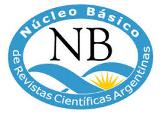




.png)

